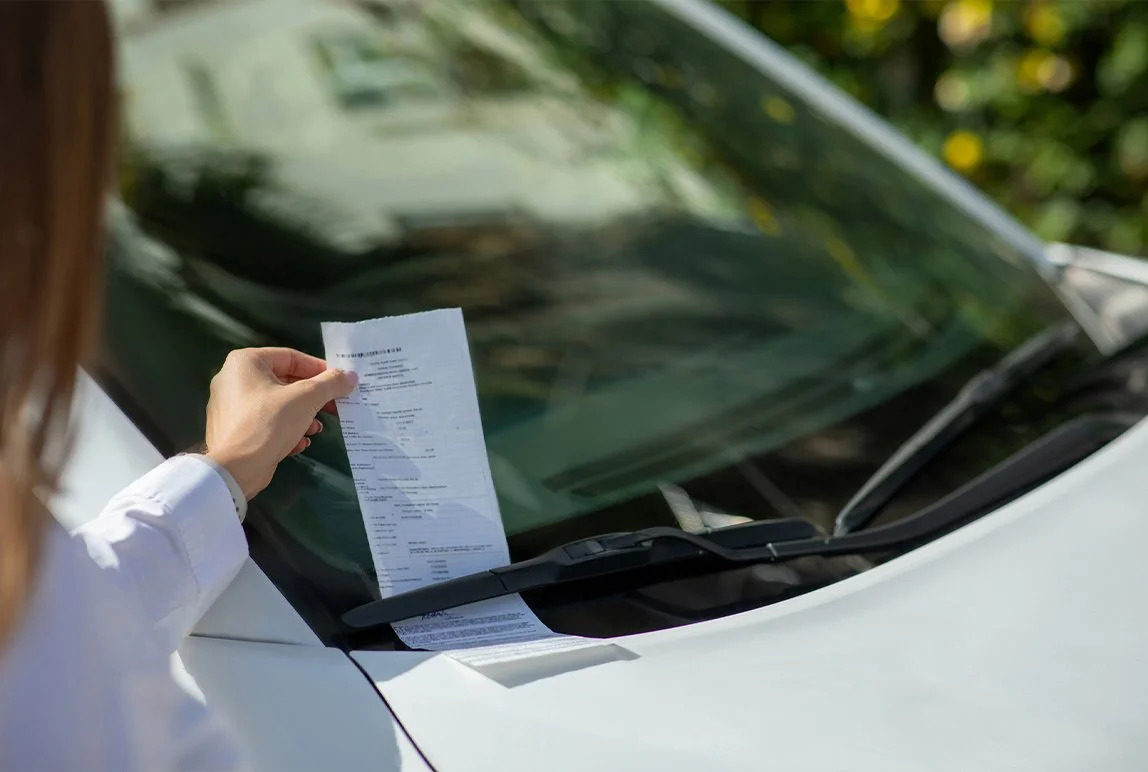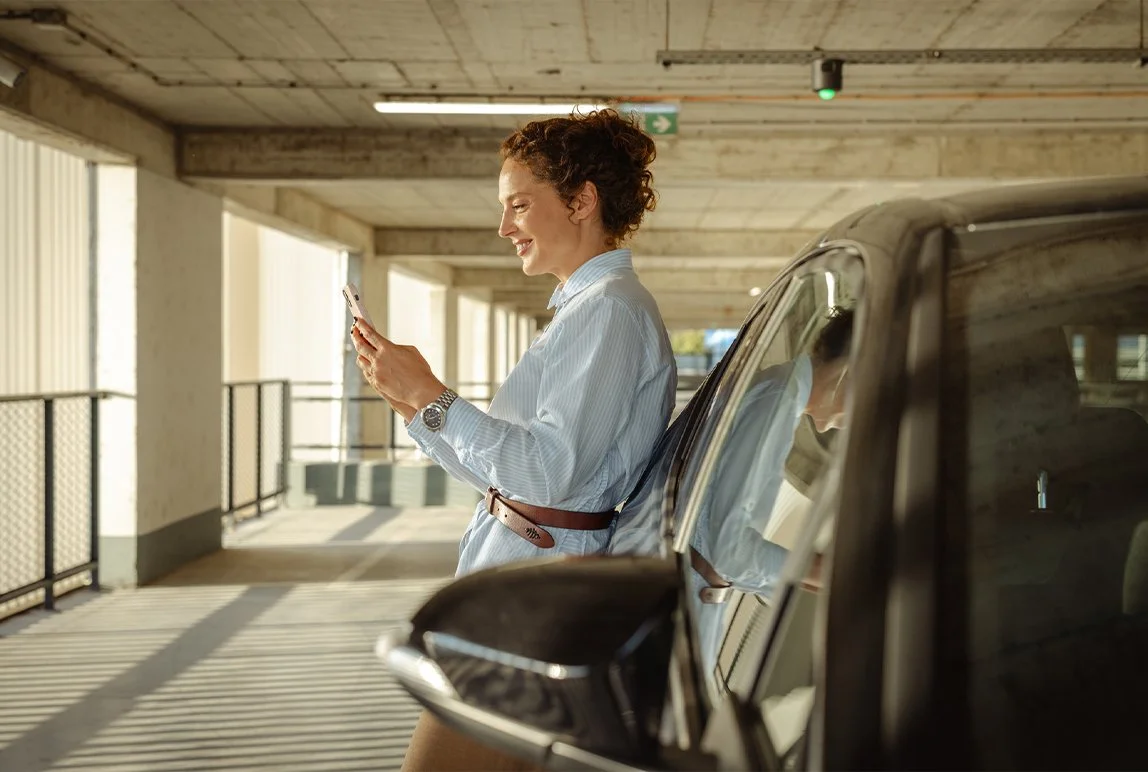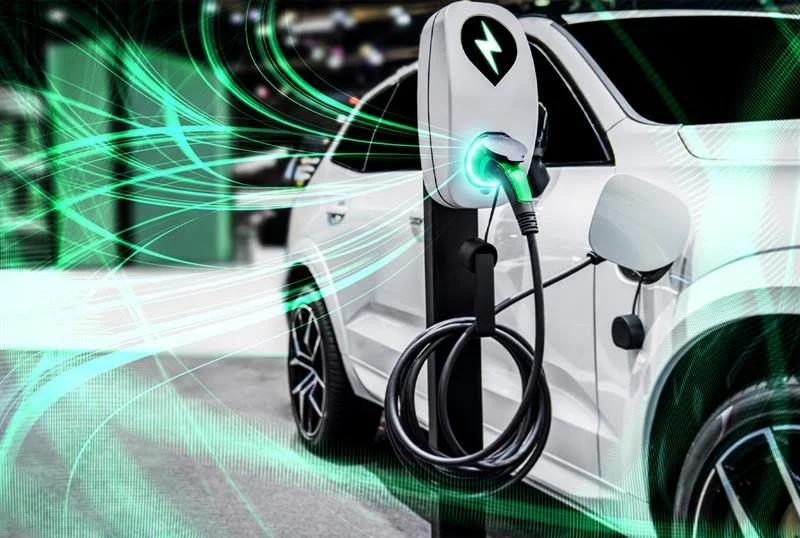4 Factors to Consider Before Deploying a Smart Parking Guidance System
Posted: Jun, 27, 2023 9:00AM ET • 2 min read
Implementing a smart parking guidance system has the potential to yield significant advantages for parking facilities and owners alike. However, in order to maximize the return on investment, careful evaluation of several crucial factors is imperative prior to making a final decision. By considering the 4 factors below, businesses can ensure a successful deployment of a smart parking guidance system.
Cost evaluation and benefit analysis for maximizing ROI.Maximizing Return-on-Investment (ROI) is a primary focus for parking facility owners when investing in technologies such as parking guidance systems. The first step typically involves a comprehensive assessment of the initial investment costs associated with installing a parking guidance system, encompassing expenses related to hardware, software, installation, and any required infrastructure upgrades. Operators should consider the ongoing costs, including maintenance, software updates, and support fees. To accurately evaluate the potential ROI, a thorough analysis of the expected benefits and revenue generation should be conducted, which leads to improved efficiency and reduced staffing requirements, ultimately translating into higher profits.
Evaluating parking infrastructure compatibility.
The second most important factor to consider when deploying a parking guidance system is its compatibility with the existing parking infrastructure. A thorough evaluation of the existing parking infrastructure can assess its suitability for accommodating the installation of a parking guidance system. Factors such as the layout, size, and design of the parking facility need to be considered, which ultimately determine the type of vehicle detection sensors that can be installed. Depending on the business need and installation flexibility, parking facility owners can select from overhead indicator sensors, in-ground sensors, or surface mount sensors. To enhance the overall parking experience for customers, operators may also install digital wayfinding signage to create a seamless wayfinding loop. Ensuring a smart parking guidance system is compatible with your parking infrastructure before making the investment will save you time, costs, and headaches down the line.Long-term alignment with your business goals.
Investing in a parking guidance system requires careful planning and alignment with your business plan. It is important for facility owners to assess the scalability and adaptability of the parking guidance system to ensure it can integrate with their organization’s long-term goals. This includes evaluating its ability to handle increased parking capacity, accommodate new technologies or system integrations in the future, and remain compatible with emerging trends such as electric vehicle charging stations or smart city initiatives. Selecting a system that can grow and evolve with the parking facility's requirements can ensure its longevity and continued effectiveness.Seamless integration with existing systems and software.
A parking guidance system can optimize parking operations and enhance customer experience. Considering a system that can seamlessly integrate with existing technology and software is crucial, minimizing the need for extensive adaptations. Facility owners can maximize efficiency throughout the parking lot by assessing the parking guidance system's compatibility with access control systems, payment solutions, and security cameras. Integration of these systems will streamline operations, enhance efficiency, and provide a seamless experience for both operators and customers.
By thoroughly evaluating these factors, facility owners can make a well-informed decision regarding deploying a parking guidance system. This investment can significantly enhance operational efficiency and customer satisfaction, positioning the parking business for long-term success in the industry.
References
ParkLink, P. (2022a, August 8). What are the 3 types of vehicle detection sensors for parking?. Parking Industry. https://www.parkingindustry.ca/parking-technology/what-are-the-3-types-of-vehicle-detection-sensors-for-parking
ParkLink, P. (2022b, August 23). How parking guidance systems can help customers remember where they parked. Parking Industry. https://www.parkingindustry.ca/parking-technology/how-parking-guidance-systems-can-help-customers-remember-where-they-parked
5 benefits of an integrated outdoor and indoor parking guidance systems. inicio. (n.d.). https://www.quercus-technologies.com/news/5-benefits-of-an-integrated-indoor-and-outdoor-parking-guidance-system
Share Article:
Featured Articles
ABOUT THE AUTHOR
Joe Ritacca
Vice President, IT and Research & Development
As Vice President of Precise ParkLink’s Research and Development department and as the head of Precise ParkLink’s Project Management Office, Joe leads a team of systems engineers and software developers, guiding the development of creative solutions. The innovations and integrations he and his team develop let Precise ParkLink offer something truly unique in the Canadian marketplace — a fully turnkey parking technology and management solution. Having studied business administration and computer science at Ryerson University, and with over 25 years of parking industry experience, Joe is ideally suited to his role building teams that can conceptualize solutions and drive change on clients’ behalf.
Questions?
Fill out the form below and we will do our best to connect you with a suitable contact.













